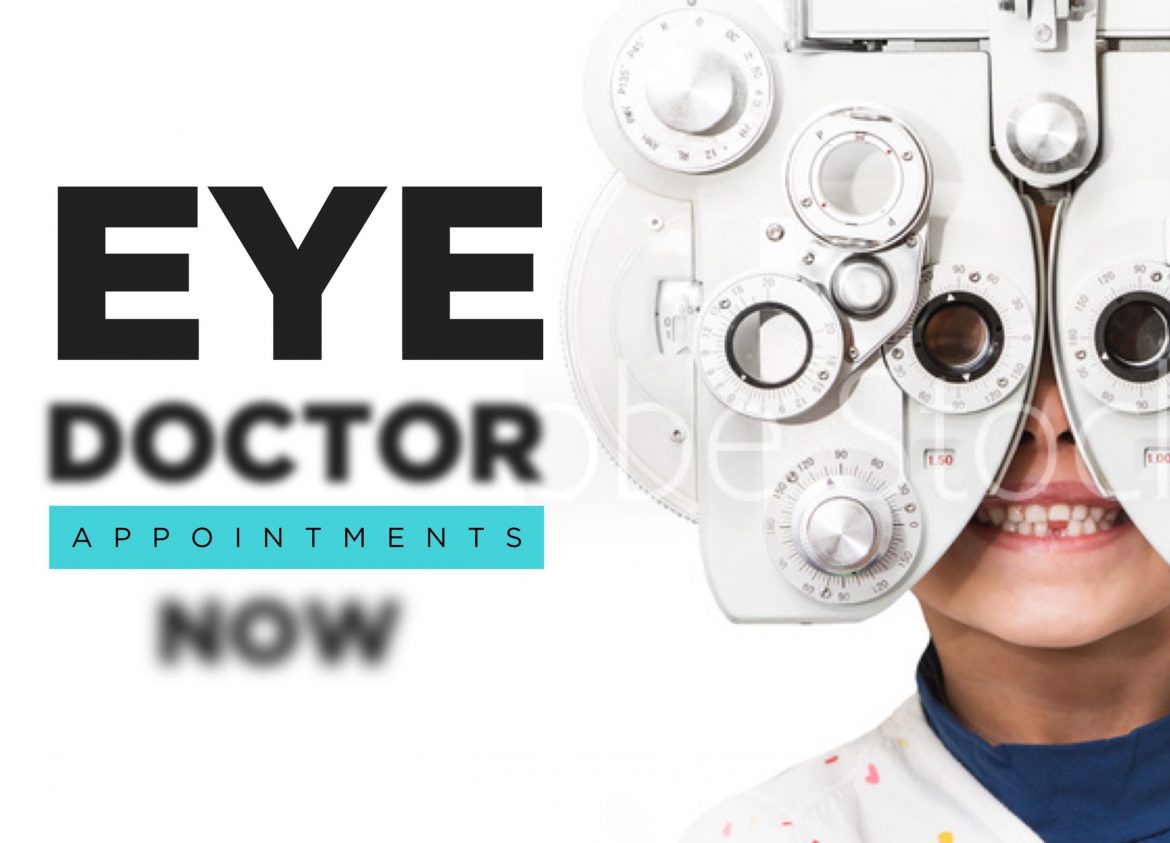696 total views , 3 views today
Are you thinking about making your first eye doctor appointment? If you’re new to the optometry world, you may not be sure what to expect.
If you’re a bit nervous about going to the eye doctor for the first time, this guide will help you. Here’s what you can expect from the beginning to the end of your eye doctor appointment.
Before you arrive at your appointment…
Before you leave for your eye appointment, make sure you have your ID and insurance information in your wallet. You’ll also want to bring a list of any medications you’re taking.
It’s also a good idea to write down any questions you have for the doctor. That way, you won’t have to worry about forgetting your questions during the eye doctor appointment.
When you arrive for your eye doctor appointment…
At the beginning of the exam, your doctor will ask about your vision and general health. The doctor or technician may ask you about current vision issues (blurriness, headaches, eye strain, etc.).
They may also ask about your general health and if you have a family history of eye conditions, like glaucoma or macular degeneration. They’ll also probably ask you about any medications you’re taking and whether you wear glasses or contact lenses.
During your examination…
After taking your history, the doctor will begin a series of tests to learn more about your eyesight. This will usually begin with the visual acuity test.
In this test, you’ll read letters on a Snellen chart to measure how clearly you can see at a distance. Each eye is typically tested separately and then together.
Then, if the doctor determines that you may need glasses, you’ll typically do a refraction test. You’ll look through a phoropter (the big lens machine). The doctor will flip lenses and ask which one is clearer: “1 or 2?” This will help determine your exact prescription.
The doctor may also examine your eyes’ internal and external structures. They may do a slit lamp exam, which includes using a microscope with a bright light to check the cornea, lens, and other parts of the eye.
They’ll also typically dilate your pupils. They’ll use eye drops to widen your pupils so they can better see your retina and optic nerve. This may lead to temporary light sensitivity and blurry vision for a few hours after the exam.
In addition, during the eye doctor appointment, the doctor may do an eye pressure test. Often called the “puff of air” test, this test is used to screen for glaucoma.
Depending on your age, symptoms, or risk factors, the eye doctor might also check your peripheral vision, color vision, and depth perception. They may also do retinal imaging, which includes taking photos of the back of your eye.
At the end of your examination…
After the exam is over, the eye doctor will typically go over your results and recommendations for what to do next.
The doctor will usually explain your vision test results and discuss any eye health issues. They’ll then prescribe glasses or contacts if needed. And just like that, your eye doctor appointment will be over! The exam typically takes around 30 minutes to an hour in total.
Is telemedicine an option for eye conditions?
Now, let’s say that you’re traveling, or you want to see an eye doctor without having to go into the office. Can you do a remote eye doctor appointment?
The answer is yes—at least in some cases! Telehealth can’t address all eye problems, but it’s an option. Virtual appointments can allow an eye doctor to care for patients via a computer or smartphone videoconference.
You’ll want to call to ask which issues can be diagnosed remotely. According to Healthgrades, conditions an eye doctor can treat remotely may include:
- Dry eye disease
- Conjunctivitis, pink eye
- Subconjunctival hemorrhage, a red spot on the white of your eye
- Glaucoma
- Macular degeneration
- And more
We hope this guide helps you feel ready for your first eye doctor appointment. Remember, regular eye exams are an important part of keeping your eyes healthy!


